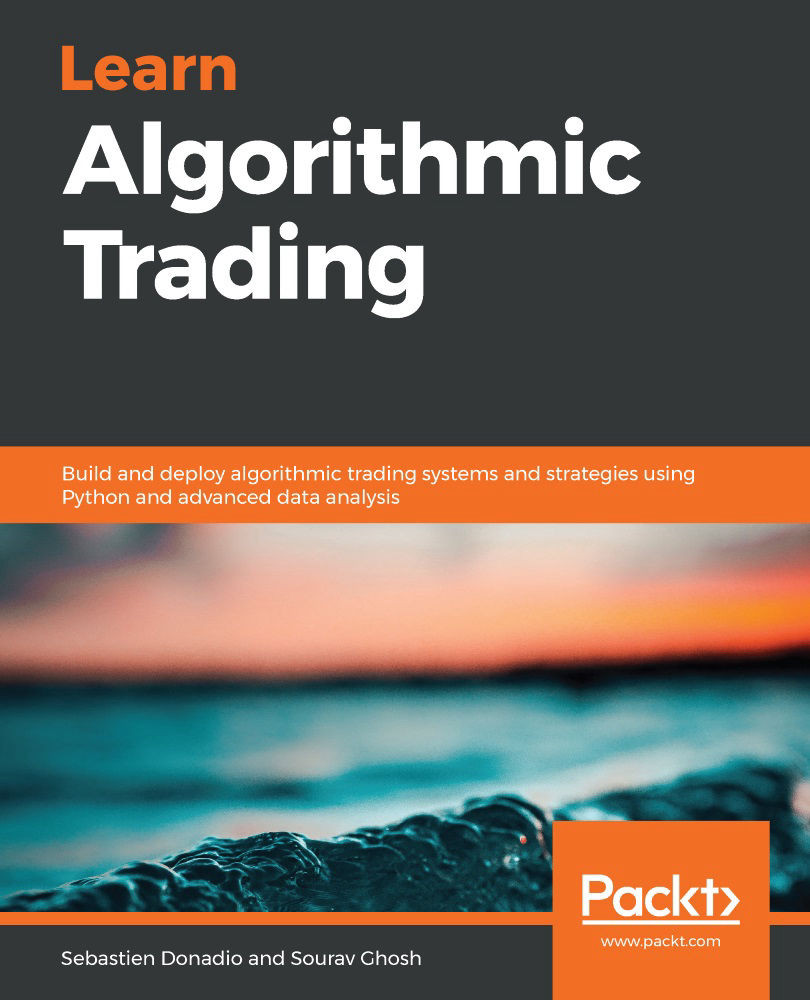Overview of this book
It’s now harder than ever to get a significant edge over competitors in terms of speed and efficiency when it comes to algorithmic trading. Relying on sophisticated trading signals, predictive models and strategies can make all the difference. This book will guide you through these aspects, giving you insights into how modern electronic trading markets and participants operate.
You’ll start with an introduction to algorithmic trading, along with setting up the environment required to perform the tasks in the book. You’ll explore the key components of an algorithmic trading business and aspects you’ll need to take into account before starting an automated trading project. Next, you’ll focus on designing, building and operating the components required for developing a practical and profitable algorithmic trading business. Later, you’ll learn how quantitative trading signals and strategies are developed, and also implement and analyze sophisticated trading strategies such as volatility strategies, economic release strategies, and statistical arbitrage. Finally, you’ll create a trading bot from scratch using the algorithms built in the previous sections.
By the end of this book, you’ll be well-versed with electronic trading markets and have learned to implement, evaluate and safely operate algorithmic trading strategies in live markets.


